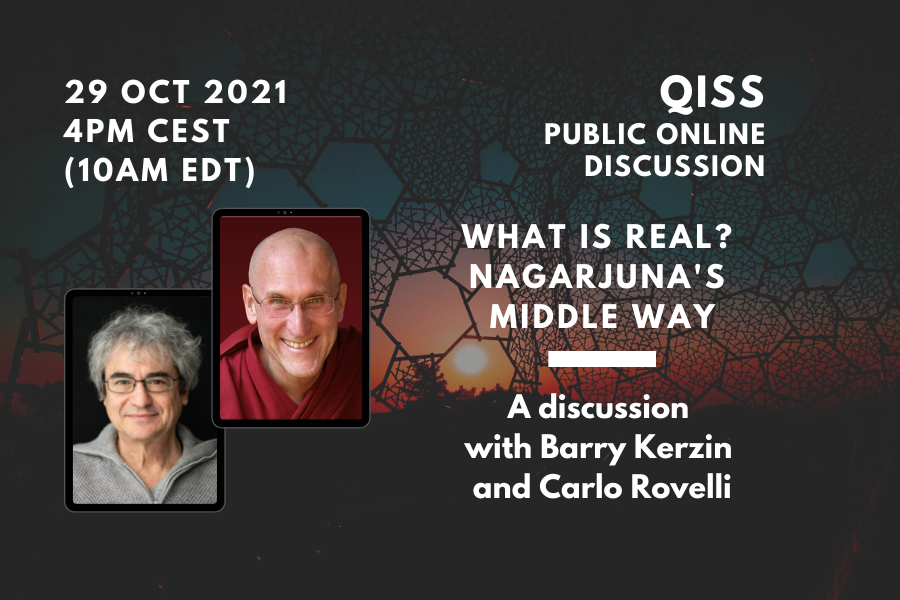Process tomography, the experimental characterization of physical processes, is a central task in science and engineering. Here we investigate the axiomatic requirements that guarantee the in-principle feasibility of process tomography in general physical theories. Specifically, we explore the requirement that process tomography should be achievable with a finite number of auxiliary systems and with a finite number of input states. We show that this requirement is satisfied in every theory equipped with universal extensions, that is, correlated states from which all other correlations can be generated locally with non-zero probability. We show that universal extensions are guaranteed to exist in two cases: (1) theories permitting conclusive state teleportation, and (2) theories satisfying three properties of Causality, Pure Product States, and Purification. In case (2), the existence of universal extensions follows from a symmetry property of Purification, whereby all pure bipartite states with the same marginal on one system are locally interconvertible. Crucially, our results hold even in theories that do not satisfy Local Tomography, the property that the state of any composite system can be identified from the correlations of local measurements. Summarizing, the existence of universal extensions, without any additional requirement of Local Tomography, is a sufficient guarantee for the characterizability of physical processes using a finite number of auxiliary systems.
